

| Newsletter
Home | ECR
Homepage | ECR
Shop
| ECR
YouTube | ECR
Groups.io | ECR
Facebook |
November 7, 2022
 ECR BIRTHDAYS The following hams are celebrating a birthday over the next two weeks. Happy Birthday to you all! KD2WFW, Jeff of Greene NY, has a birthday on November 7th KO4OMC, Richard of West Columbia SC, has a birthday on November 15th N3WPL, Stan of Warren PA, has a birthday on November 18th Would you like your birthday recognized in the Newsletter and on the air during the Tech Net? Just send an email to Michael, K2SHF, with your callsign and birthdate. Your birthday will then be added to our spreadsheet. ECR STILL TWEAKING 40 METER NET - By Michael K2SHF In the last newsletter, I introduced our new 40 meter net which was operating on Mondays. There seems to be a good amount of interest in this net, and the check-in count has not been disappointing. Unfortunately the gray line has been playing havoc with conditions, especially for stations on the east coast. The net was moved from 20:00 EDT back to 19:00 EDT. But now that daylight savings time has ended, the gray line moves through even earlier now. As a result, Tom KE3GK and Dick WB2JPQ have decided to move the net to Saturdays. The time for the net is still unknown and input from users has been pouring in to help them decide on a time, although it will probably start sometime in the morning for EST. Yes folks, we're in standard time now. Listen to the Tech Net and the Morning Brew this week for announcements regarding the start time for this coming Saturday. The frequency is on or about 7.245 KHz LSB. If you are not already signed up for our groups.io, head over to http://www.eastcoastreflector.com/Contact.aspx and sign up at the bottom of the page. This way you will not miss any important announcements about the 40 meter net or anything else ECR related.  THE ANTENNA FARM - By Charles KC6UFM Part 16 – Parasitic Elements: The Two Element Yagi Hello ECR Family, and welcome to The Antenna Farm. This is your friendly Antenna Farmer Charles, KC6UFM. In Part 15 of The Antenna Farm, we looked at some of the theory of operation and history of the Yagi antenna, as well as some details on how dipoles work and radiate. This part will look at how the addition of parasitic elements (DIR and REF) impact the operation and performance of the Yagi antenna. It is assumed that you have read and—more importantly—understood the information presented in Part 15. You may wish to have Part 15 open in another window so you can refer back to that from time to time. As you learned in Part 15, a Yagi antenna is a simple dipole with some “special” elements added to create a directional radiation pattern. The Yagi takes the classic dipole figure-8 pattern and forces the maximum radiation into an end-fire (that is, parallel to the boom holding the elements and perpendicular to the elements themselves) pattern. You’ll recall this is because the energy radiated by the driven element (DE) is absorbed by the parasitic elements, and then is re-radiated by the parasitics with the spacing creating an out-of-phase situation. When all the radiated energy from the several elements is combined (using vector analysis and math that you probably don’t want to know), the energy is focused in one direction. A single element Yagi isn’t a Yagi at all...it’s a simple dipole, and that was looked at in detail in Parts 15, 6, and 7. In this part, we will look at the simplest possible actual Yagi, that is, an antenna with just two elements. 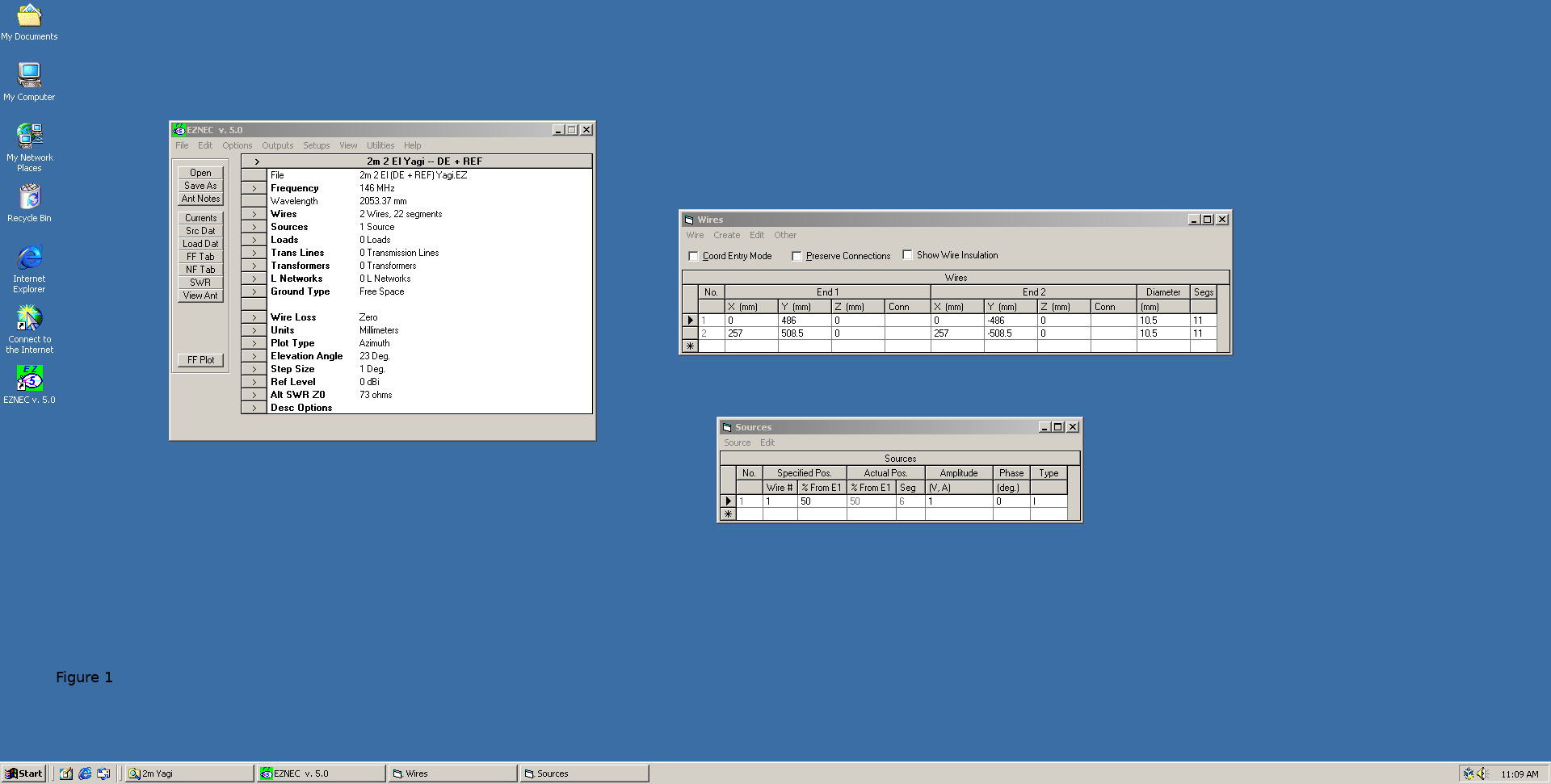 Figure 1 (Click here for full size image) Figure 1 (Click here for full size image)The “Traditional” Two-Element Yagi Traditionally, two-element Yagis consist of a DE plus a REF… Figure 1 shows the info needed to create this simple antenna model in EZNEC. You will note that a second wire has been added. This new wire (Wire 2) is slightly longer than the DE we used in Part 15 for the dipole. While the DE (Wire 1) remains at 972 mm, the new REF is 1017 mm. This means that the REF is about 4.5% longer than the DE. The REF is spaced 257 mm (about 0.125 wavelengths) behind the DE. Both of these values fit with the general dimensions for a basic Yagi. 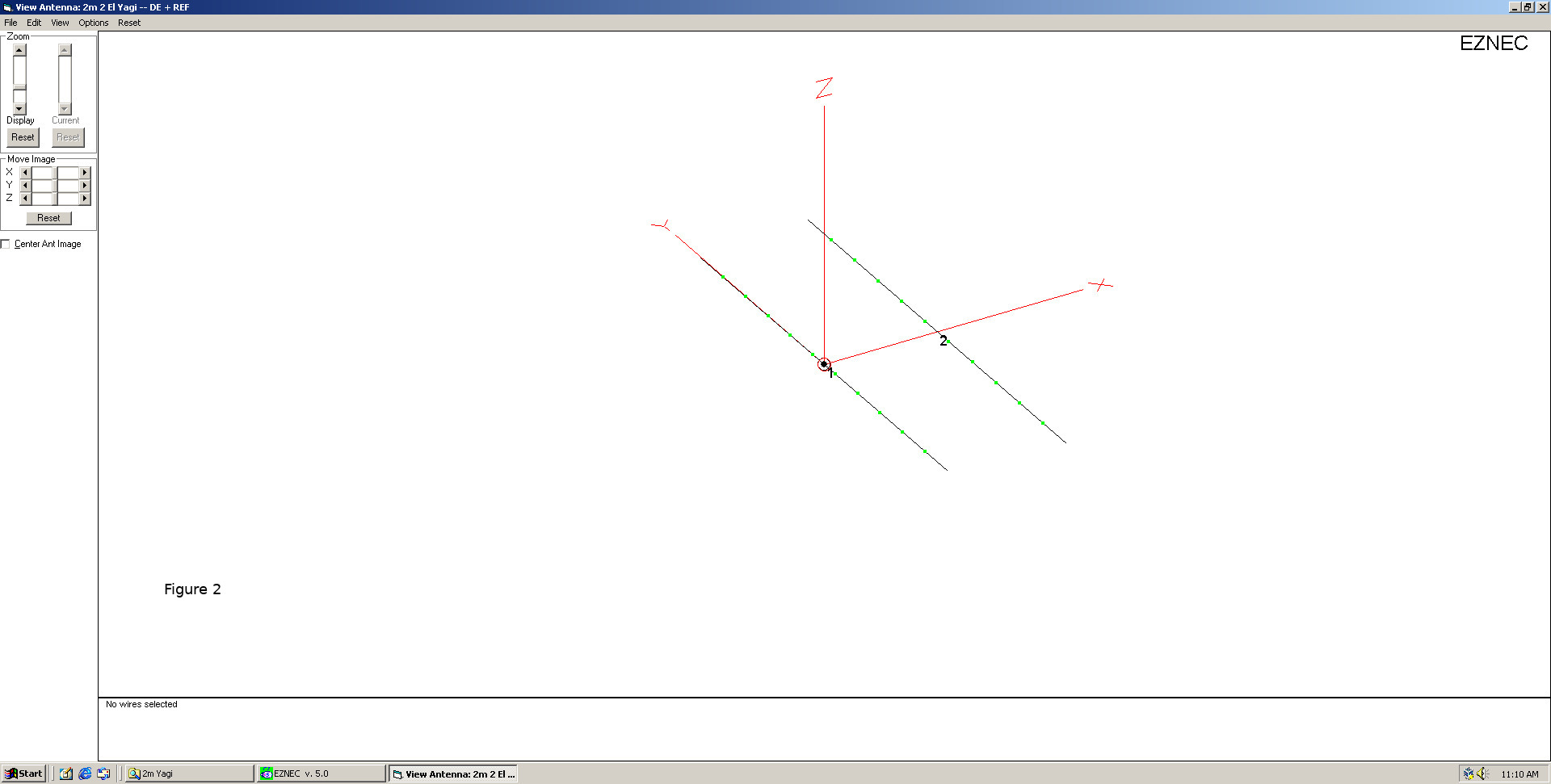 Figure 2 (Click here for full size image) Figure 2 (Click here for full size image)Figure 2 shows what this new, two-element Yagi looks like. You can see that the source remains at the center of the DE and the slightly longer REF is positioned behind (to the right of) the DE. 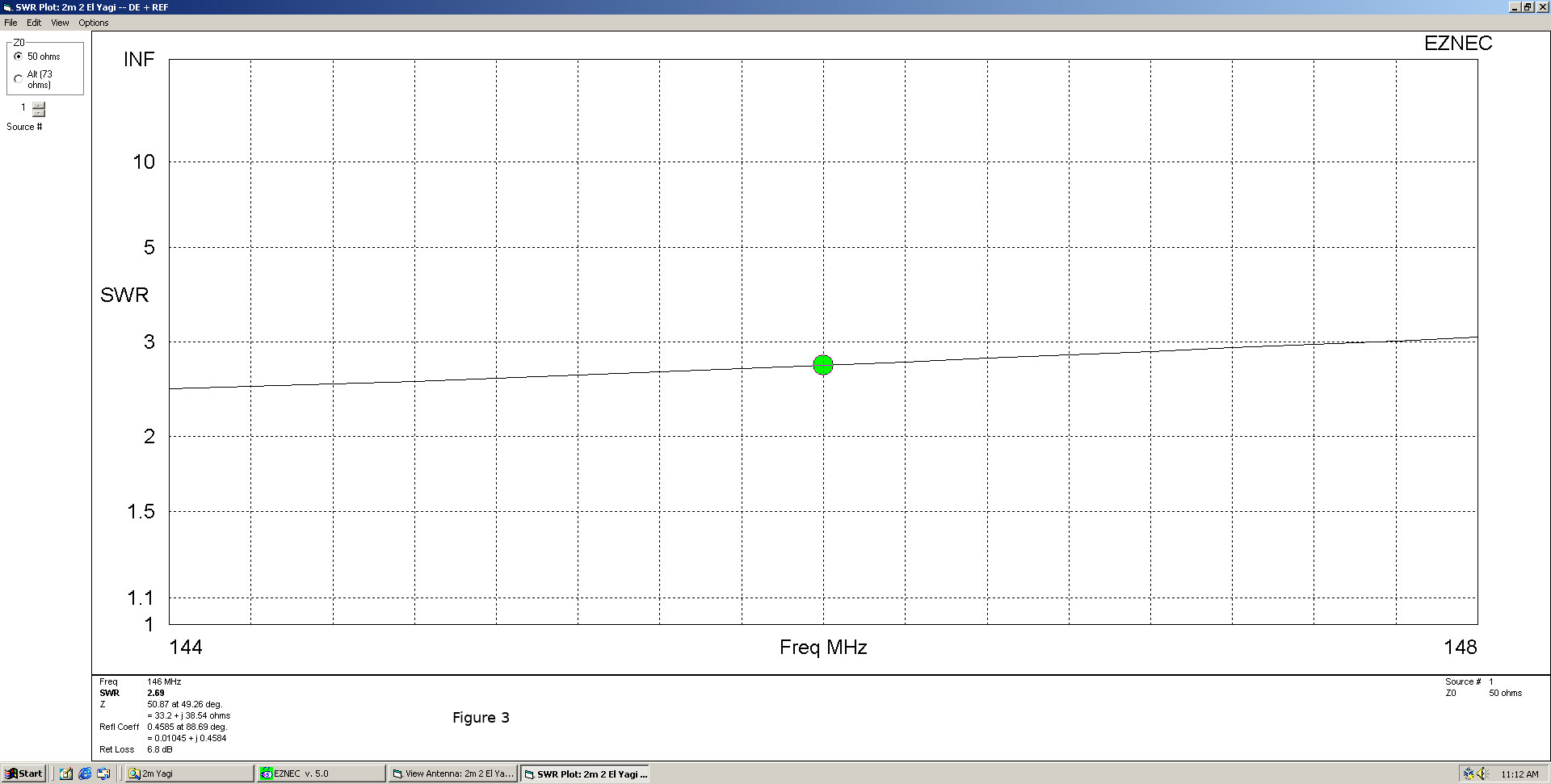 Figure 3 (Click here for full size image) Figure 3 (Click here for full size image)Figure 3 is the SWR sweep of the two-element Yagi. You will note almost immediately that the SWR of this two-element antenna is higher than that of the simple dipole in Part 15. Of far more importance right now are the impedance values in the lower left corner of the figure. You will see that the complex impedance of the antenna has changed from the 74.43 + j8.85 ohms of the dipole to 33.2 + j38.54 ohms. You’ll note that the resistive component has dropped by more than half, and the inductive reactance has increased by more than four fold. All of this by the addition of just one parasitic element! 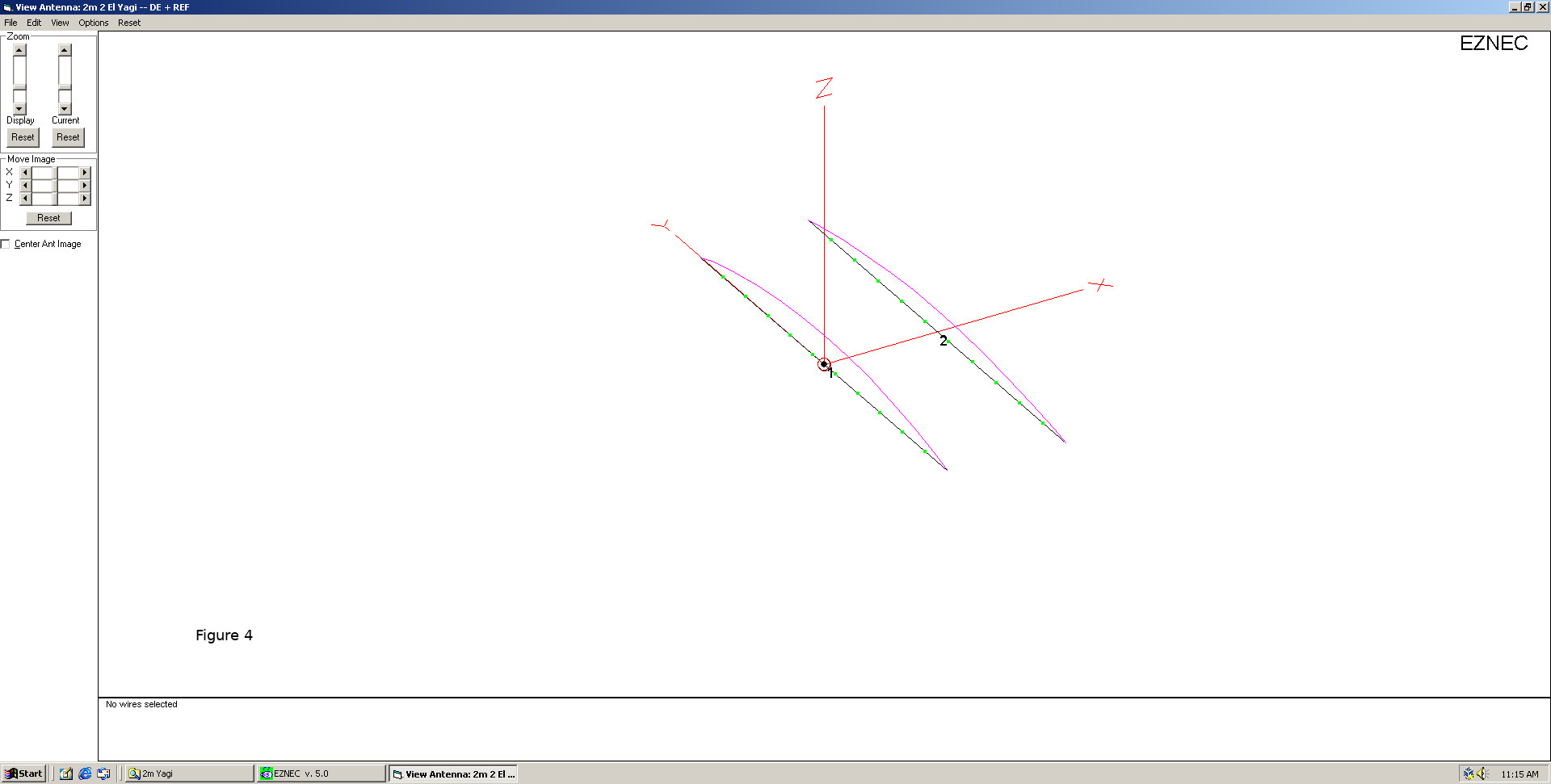 Figure 4 (Click here for full size image) Figure 4 (Click here for full size image)Now, in Figure 4, we see the current distribution on the elements of our antenna. The current on Wire 1 (our DE) is identical to that on the simple dipole. But look closely at the current on our REF element (Wire 2) and you will see that it drops to zero and then rises again slightly at the ends of the wire. This is because of the phase delay created by the spacing between the DE and REF as well as the extra length of the REF. Remember that only the DE has energy applied to it from the source (transmitter). The current in the REF is also slightly lower than the DE because the current here is being induced by the DE instead of being applied directly. 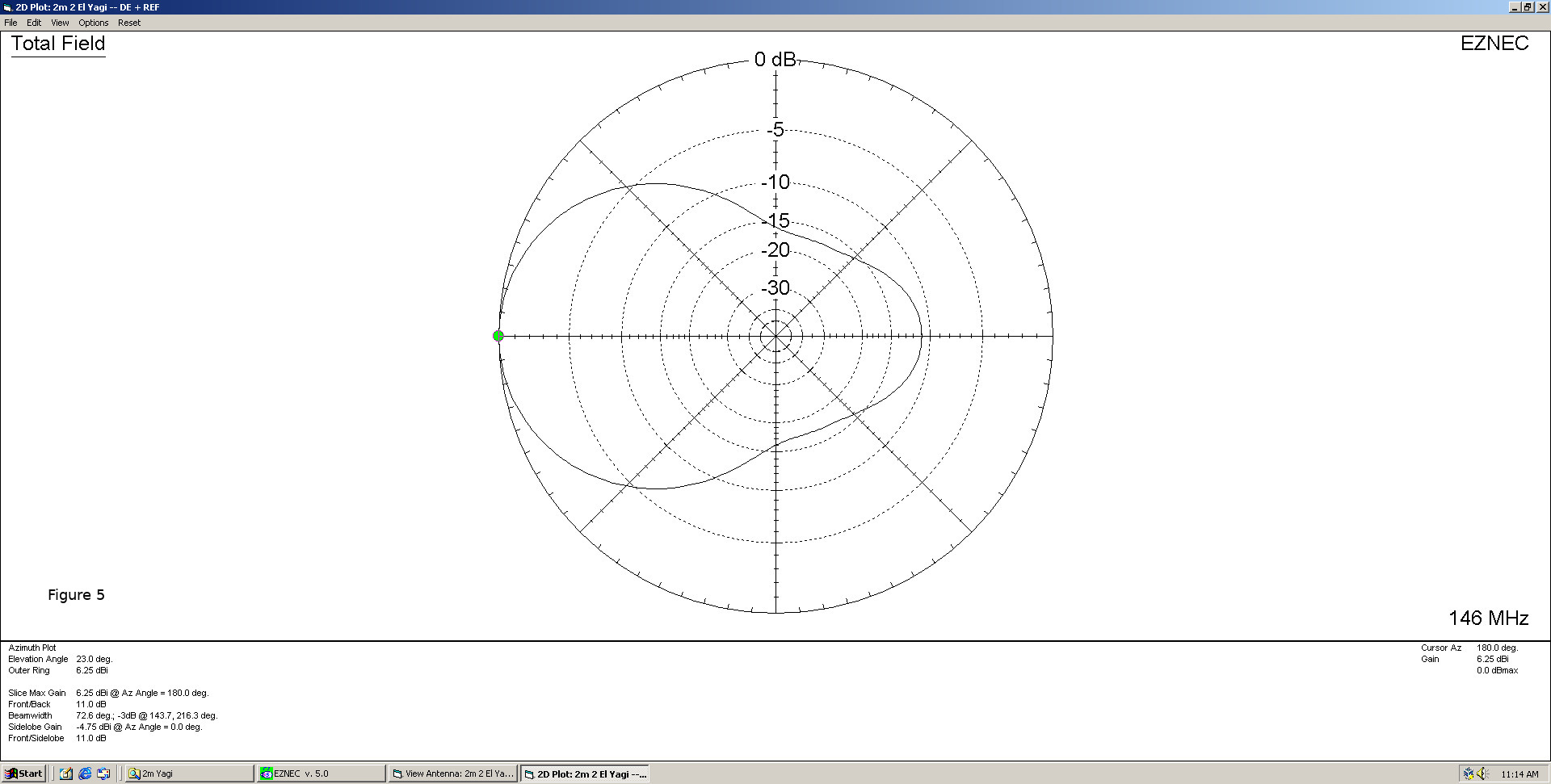 Figure 5 (Click here for full size image) Figure 5 (Click here for full size image)Finally, in Figure 5, we get to the real meat and potatoes of all this...the radiation pattern. It’s easy to see that the two-element Yagi has forced far more energy out of the end of the array in a direction of a line running from the REF to the DE. While the simple dipole had a maximum gain of 3.12 dBi (in two directions), the Yagi has a “Forward Gain” of 6.25 dBi and the gain off the back of the antenna (the FB Ratio) is -11 dB. While not fully developed in this design, you can see the beginnings of FS Ratio as well. As I said earlier, traditionally, we design Yagi antennas by starting with a dipole DE and then adding a REF, and finally adding some DIR elements to that. I’ve never really been all that big on tradition, though. There is no reason at all why you can’t start with a DE and then add a DIR… 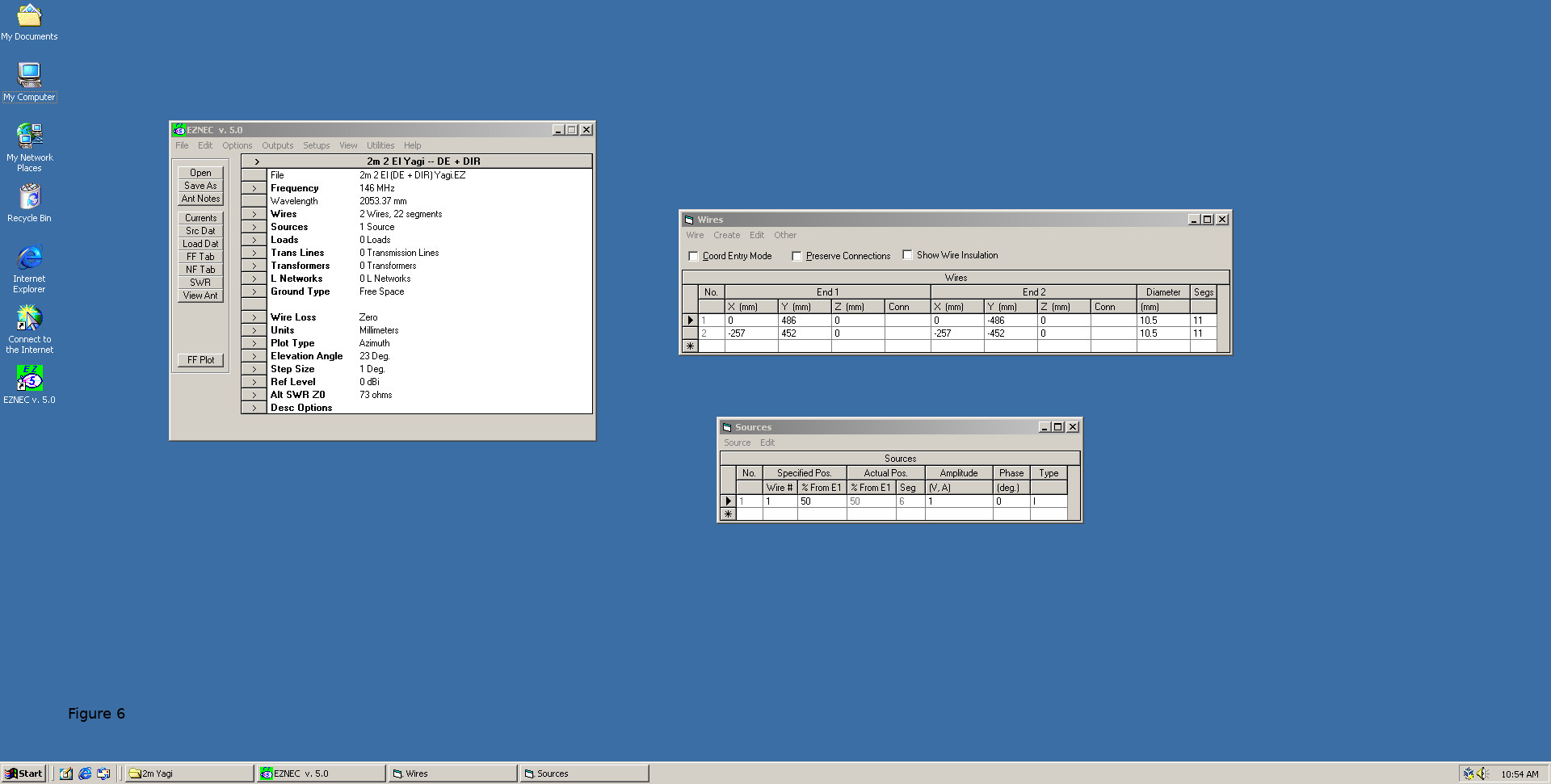 Figure 6 (Click here for full size image) Figure 6 (Click here for full size image)The “Alternative” Two-Element Yagi Figure 6 shows you the EZNEC input for a Yagi with a DE plus a single DIR (Wire 2). You will note that the DIR is 904 mm long, about 7% shorter than the DE. Again, it is spaced 257 mm in front of (to the left) the DE. This is, essentially, the same as the traditional design just flipped around. 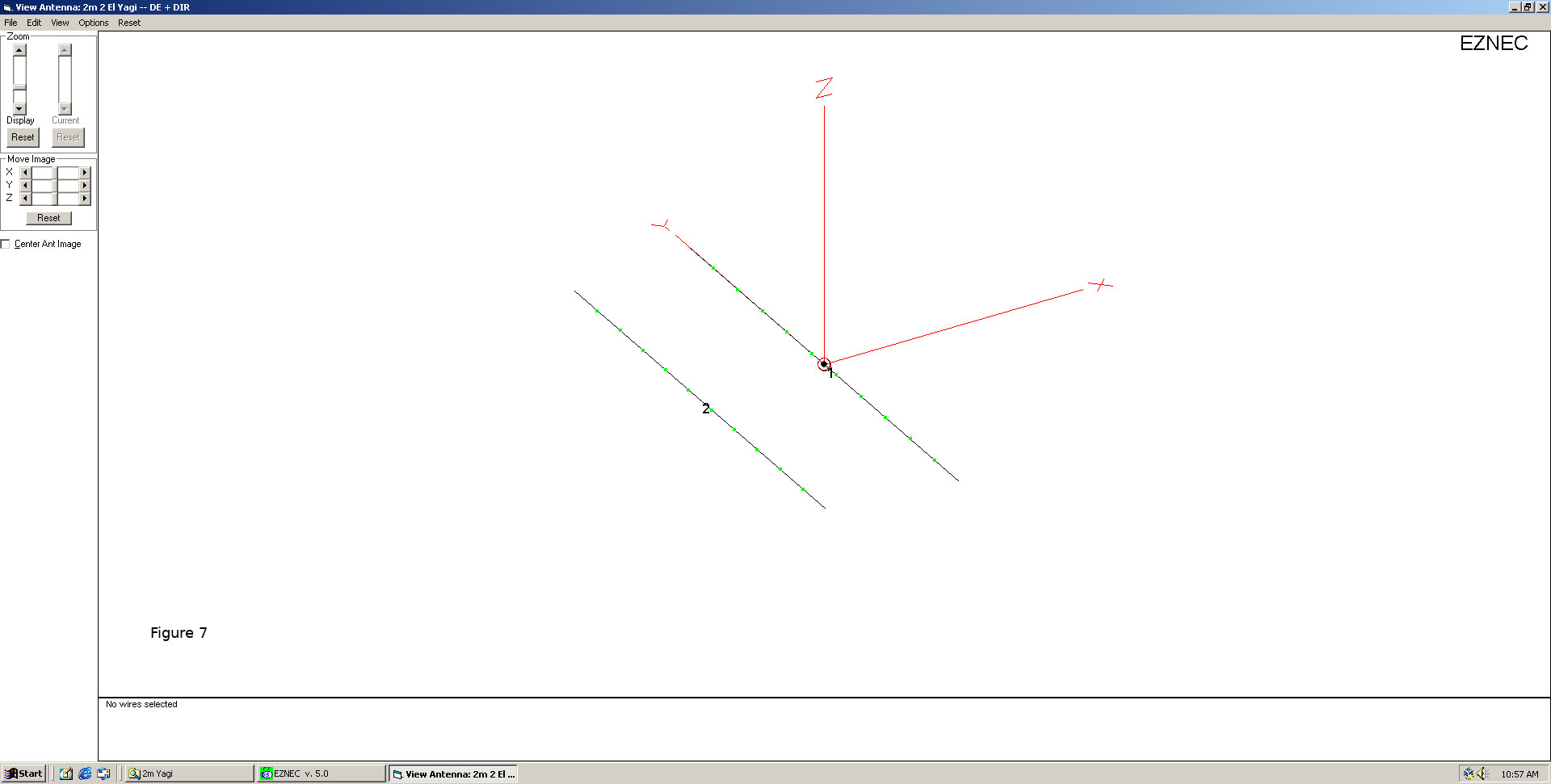 Figure 7 (Click here for full size image) Figure 7 (Click here for full size image)In Figure 7 you can see what this alternative Yagi design looks like. This time, you can see that Wire 2 (our DIR) is in front of the DE (Wire 1) and that the source hasn’t moved from the center of the DE. 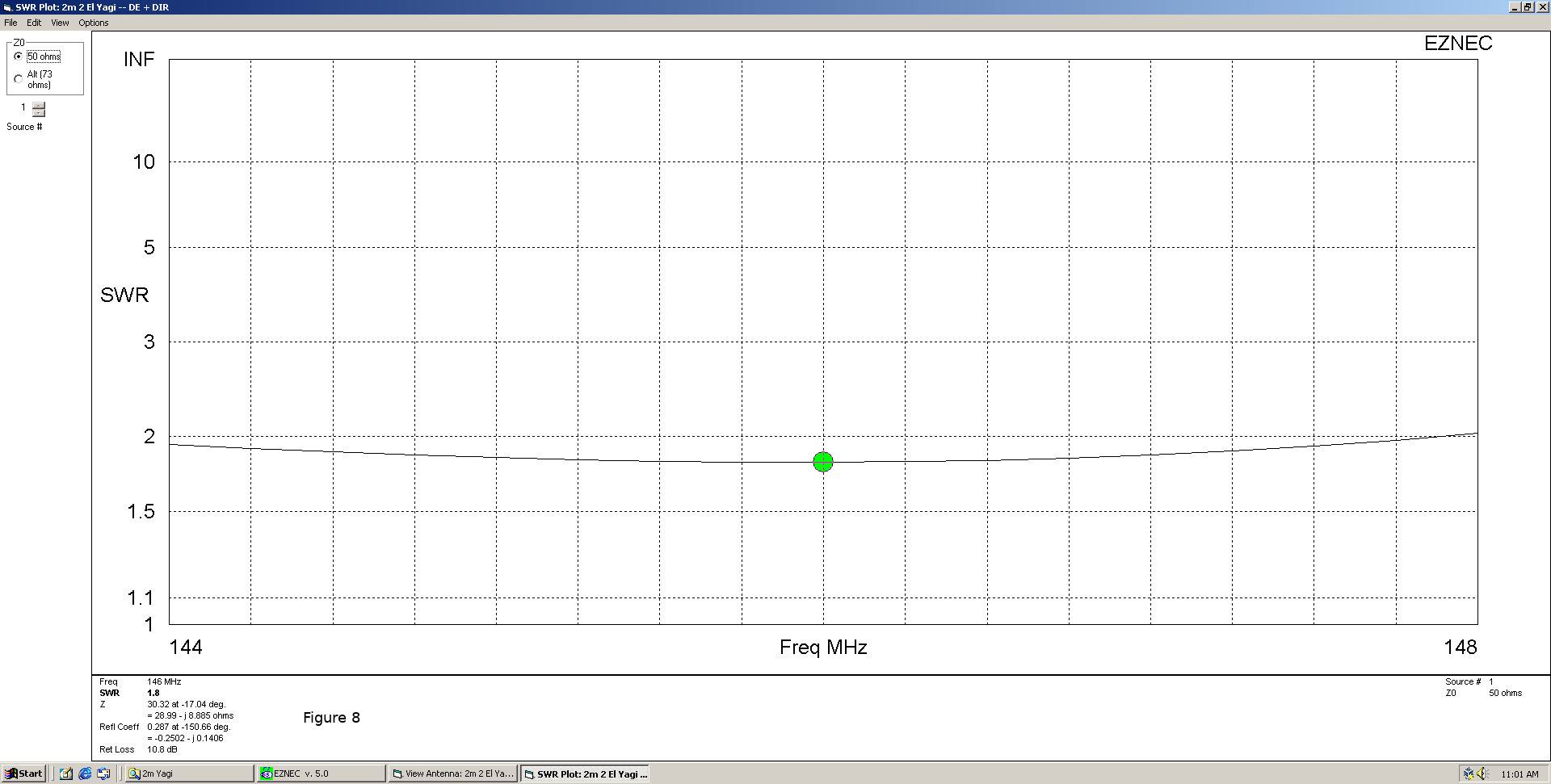 Figure 8 (Click here for full size image) Figure 8 (Click here for full size image)Figure 8 is the SWR sweep for the alternative Yagi. This time, however, there is not as large of a shift to the SWR from the simple dipole. The complex impedance of the alternative Yagi is 28.99 - j8.885 ohms. Now, put down the mic and listen. This is important, and 2m FM will be open to Europe again soon...the solar cycle is yet young! Again, the resistive component of the complex impedance fell by about half, just like with the traditional Yagi, but the reactive part has kept a similar absolute value as the dipole, but it has changed from inductive (a plus sign) to a capacitive (minus sign) value. This leads us to two general concepts of Yagi design: (1) Adding a REF will decrease resistance and increase inductive reactance. (2) Adding a DIR will decrease resistance and increase capacitive reactance. You can use these concepts as you design your Yagi to get the overall feed point impedance as close to a pure resistance as possible. Don’t worry about the exact value of the resistance, just try to get rid of as much of the reactance as possible...we can always transform the resistance later. 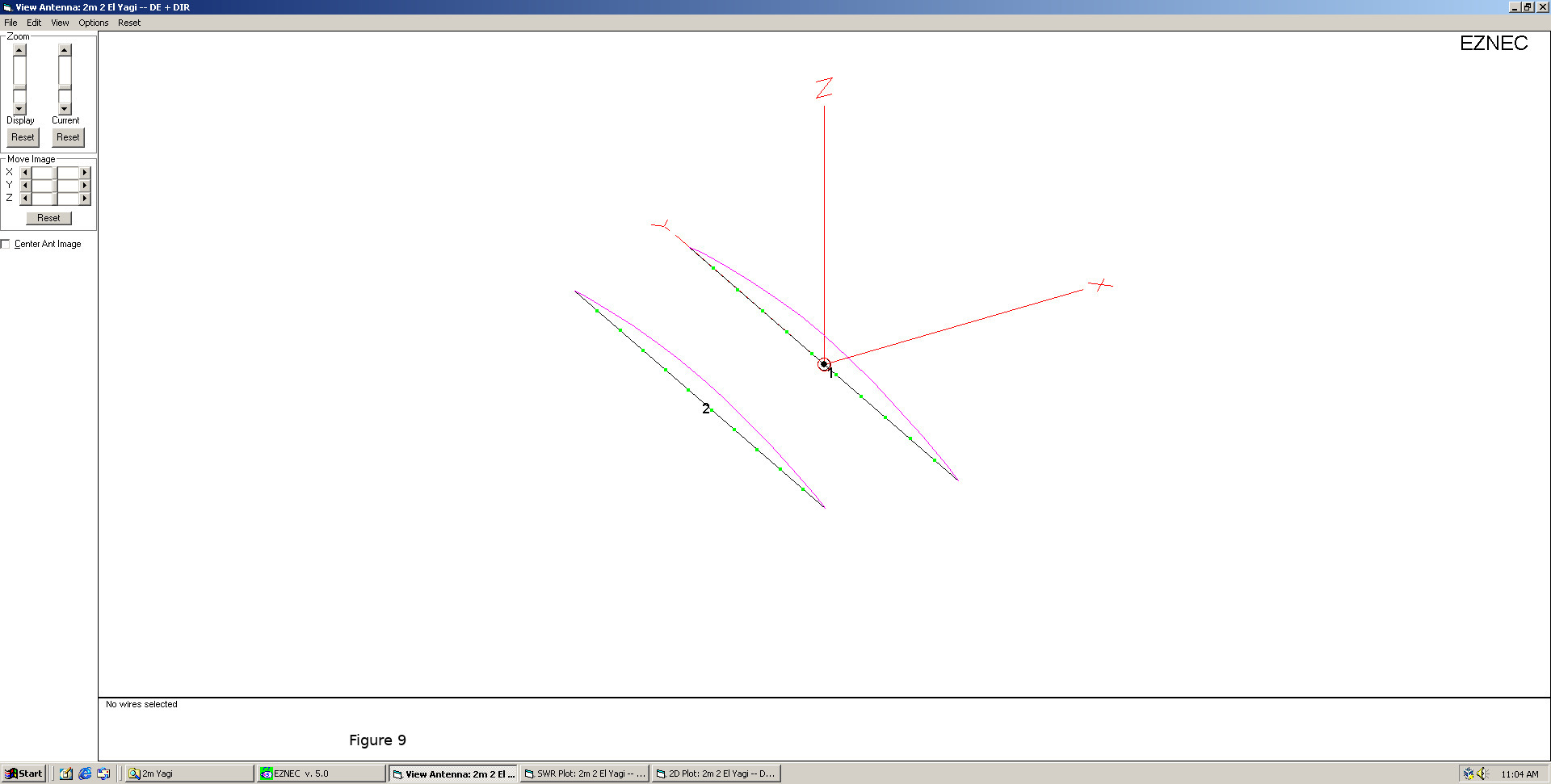 Figure 9 (Click here for full size image) Figure 9 (Click here for full size image)Next, in Figure 9 we see the current distribution on the elements of the alternative Yagi. Again, you see that nice, smooth current on the DE (Wire 1) and a very slightly distorted curve on Wire 2, the DIR. This time, the current on the DIR is cut off suddenly at the end. Similar to the traditional Yagi, it is this distortion and phase shift that leads to the directivity of the Yagi. 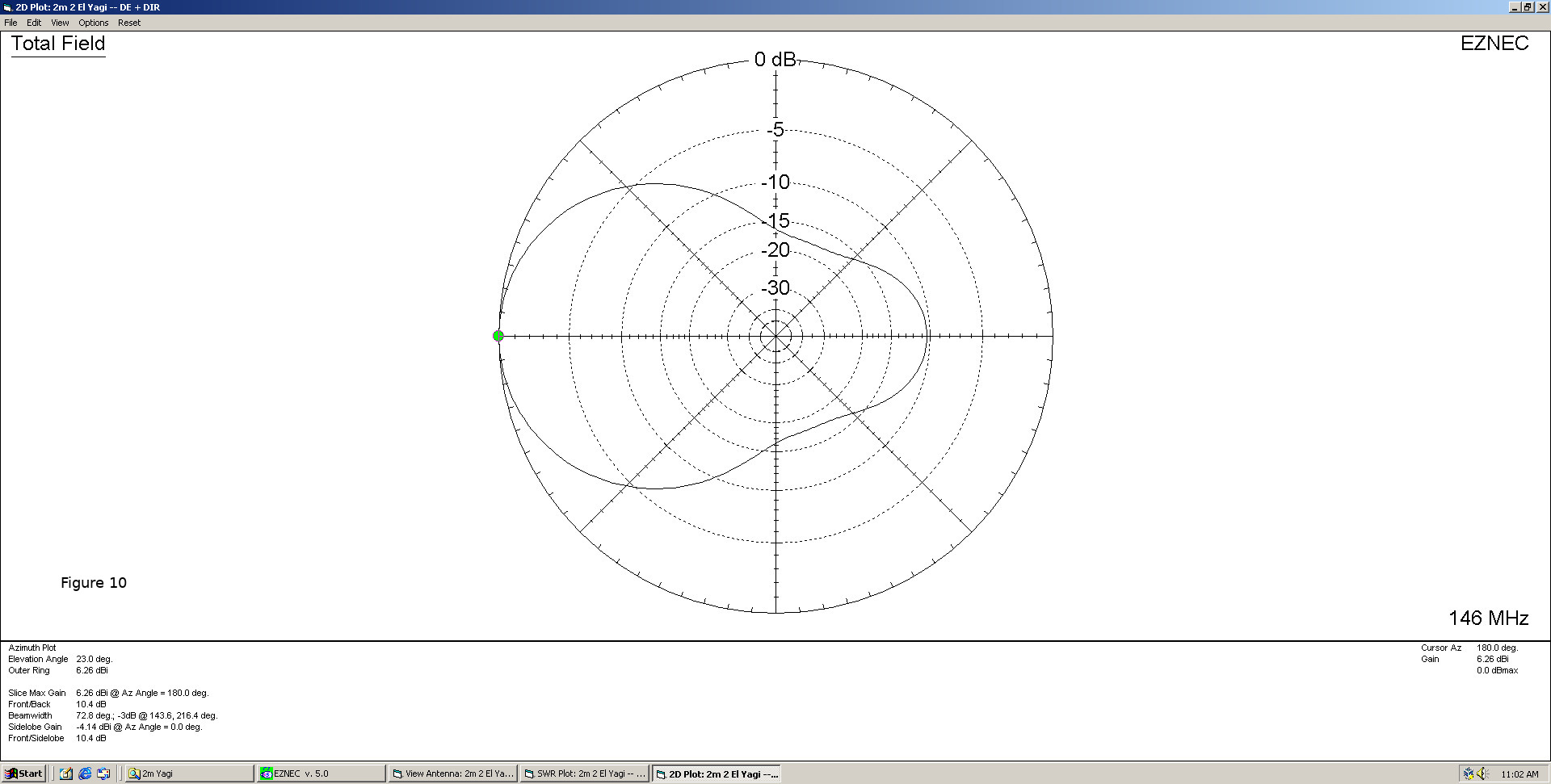 Figure 10 (Click here for full size image) Figure 10 (Click here for full size image)Lastly, the far field pattern of the alternative Yagi is shown in Figure 10. There are no huge differences in the patterns of the traditional and alternative Yagi antennas, and what few differences there are lie in the side lobes. The bottom line is that, for all practical purposes, they can be seen as the same. This means that if you are building a two-element Yagi, you can select to use either a REF or a DIR as needed to make matching easier. There are two big take-aways I want you to understand in this article, and those are: (1) How the addition of elements impacts the pattern of the Yagi antenna. (2) How you can impact the antenna impedance by the selective addition of DIR and REF elements. To wrap up the two-element Yagi, if you are following along and building the models in EZNEC (or whatever), I encourage you to “play” with things a little. Try changing the length of the DIR and REF elements and see what impact this has on the SWR and pattern. Try shifting the spacing around a bit, and see what happens. I would, however, strongly suggest that you change only ONE parameter at a time so you can more clearly see the impact of the change in the model. If you are careful and, perhaps, document what you are changing and what the effect is, you’ll be surprised how much you can learn by just “playing” with the parameters. In the next Antenna Farm article, we’re going to continue in this vein and look at three and four element Yagi designs so you can learn how these changes impact the overall performance of the antenna. Take Care & 73 de KC6UFM Charles AN INTERVIEW WITH JEFF KD2YEI - By Lucca KD2YHZ An interview with Joe KD2TFB by Lucca Lynch. Thanks to Joe for participating. >>1. What is your name, Callsign, & Location? Joe Philipps, KD2TFB, Cheektowaga NY >> 2. How long have your been a ham? Since 27-Dec-2019 >> 3. What class license do you hold? General >> 4. (If not extra), Do you plan on upgrading your license? yes, I hope to be an Extra someday. >> 5. What got you into the hobby? I guess I could say the ultimate beginning of the hobby is seeing one of my brother's books, named _Elements of Radio_. It explained how each of the then-current components worked, from imagining current building up in an inductor, how electrical and magnetic fields interact for that to produce inductive reactance, and how charge is pushed across the dielectric of a capacitor, and its storage of electric charge, to how tubes work by emitting (cathode), attracting (anode/plate), and repelling (grid) electrons. It covered everything from linear power supplies, to receivers, amplifiers, transmitters, RF, IF, AF, you just about name it. Then I moved on to public library books to learn semiconductors and ICs. As you might imagine, I became a big fan of Radio Shack, with its ready availability of components of just about any sort, and its Science Fair multiple projects in one kits (first one I got as a present was 75-in-1). Later on, when RS came out with their TRS80 Model I, that basically launched my present career in IT. I never owned one of those, too expensive, but later, when Sinclair Research advertised their ZX81 in "Byte" magazine at a much more affordable price, I just "had to have" one of those. I also used to be an avid user of CB back in the late '70s and early '80s. RS had their book, _From 5 Watts to 1000_, which described the transition from the 5 watts of CB to the then 1kW limit for amateur radio. Of course, that was back in the era where CW was a requirement in order to be licensed, so that really kept me out of the amateur hobby for quite a while. I did not have the wherewithall to learn code. My learning basically stopped at about F. Still, there was the fascination of being able to talk to somebody across the country, or indeed around the world, using only a few watts. Even when the FCC dropped the code requirement and offered no-code tech licenses, I still thought, that's cheating, before I become a ham, I ought to learn code. One of my friends, N2VQM/Karl urged me to do that because of his experiments in packet radio, but I still refrained on principle that I wouldn't be a "real amateur." But eventually I would meet up with K2EAG/Matt at Independent Health where we both work. At the time, he was a General, but I didn't know it. I don't know how we started, but we would converse about about a lot of things technical and electronics related. Eventually, he said, hey, I know of this guy Kevin (WA2FKV) who is teaching a class to get you licensed, it'll be Monday nights at T-S-K Electronics. C'mon! Go! I know you'll like it. So I attended Kevin's class, with Kevin's son Brian and 10-year-old Matthew (KD2TFA). A few weeks before the class was to end, and we started taking sample Technician tests, I Googled about sites that would help you practice for the other two levels, and the General test in particular. Since the General questions aren't really all that more difficult for someone who had been studying electronics for most of his life, I felt pretty confident (with practice tests) that I could pass General. About a week before test day, I thought, what the heck, it's all one fee regardless of what tests you take, let's take a look at the Extra test. That was like running into a brick wall. You need to know oscillators by inventor (Colpitts, Hartley, etc.), the resonance formula, logic gates (actually, having an Associates degree in Computer Science, those were some of the easiest questions), Smith charts,... Way too much to learn in one week. Come test day, I got 2 wrong on Tech and 5 wrong on General, plenty enough to hold a General license. I suppose I COULD have tried Extra, but I thought, that's pretty much going to be just a waste of time. Once I got on the air though, people told me about IRLP and EchoLink. That expanded my interest all the more, that I can open it on my tablet and talk to India (where IH's subcontrators are...Pune), and by means of the K2ILH repeater, Japan (JG2DEA/Tetsuo connects there with some regularity). >> 6. What do you enjoy most about amateur radio? I really like talking and getting other people's perspectives, and being able to do it with only a few tens of watts PEP. I guess as a side note, contesting does not really appeal to me all that much. >> 7. What radio equipment do you currently have? - BaoFeng UV5R plus - a BaoFeng knockoff branded Tenway - a Kenwood TS440S-AT, which I bought used from my IH supervisor, former KB2EPF, but it pretty much goes unused right now. For a while I took some of the wire Brian sold me, connected through the MFJ antenna tuner he also sold me, and just laid it across my basement floor. Amazingly, I was able to contact Wisconsin with only about 40W PEP on 40 m in the middle of the afternoon. However, much to my horror, one time after keying up and talking, I saw my FiOS ONT reboot. I thought, this is not good, I had better stop doing this before I knock myself off the Internet more permanently, as in, until a Verizon tech comes by with a replacement ONT. So I basically haven't used it since that incident. I've been meaning for a while to put up an exterior antenna, but have not yet. >> 8. What is your greatest accomplishment in Ham Radio? I guess I'd have to continue with the theme of being able to chit-chat with somebody over hundreds of km with only 100 w or so. I was using the radio room at the W2SO/Lancaster Amateur Radio Club's open house, and had a QSO with someone from metro Mobile, AL. I guess you could also interpret that to mean most important accomplishment too. On a stormy day, I participated in a W2SO Skywarn net, reporting snow depth and visibility every hour for my location. This was relayed to the NWS Buffalo office and helped them out. >> 9. What keeps you coming back to the ECR Morning Brew? Mostly the questions of the day, and feeling part of the amateur community. I also get to hear KA8BYU and sometimes my primary Elmer K2EAG. HAVE A SECOND CUP - By Michael K2SHF If you have been listening to the ECR after the Morning Brew, you might have noticed a new net on random days hosted by Tom, Dick, and Harry (they are still looking for Harry). The Second Cup, hosted by Dick WB2JPQ and Tom KE3GK is a new net on the ECR that runs one random day a week between Monday and Friday at 9AM ET after the Morning Brew. The purpose of this net is to give new hams a chance to check in to an informal net that doesn't have the fast pace of the Morning Brew. They are also seeking hams that are listening but have some mic fright and just have been afraid to push the PTT. Even further, they would like to hear from folks who did not check in to the Morning Brew (and hopefully they have a very good reason for that hi hi). And finally, they are always looking for youth stations to check in.  YACHT NEWS for November 5, 2022 Young Amateurs Communications Ham Team, K8KDZ, Sailing Through Radio Waves Connecting Young Hams, Creating Friendships, Expanding the Voice of Youth in Ham Radio Inspiring Youth with Enjoyment & Technology of Ham Radio -------------------- We can be found on Facebook, Chat sessions, Youth Net, YACHT News -------------------- NET REVIEW... 20 check ins with no audio from 4. Youth who came along: 2W0KYH, KE8RJU, KC3RAP, KN4VKY, KN4VKW, N6RWC, K0NNK, KN6ULC (Japan), K9GVN, NC8R, KE8LQR, KD9HGO. Thanks to our young ops and all others who cruised along with us. CHAT SESSIONS... Monday: 8 stations checked in with 5 youth - KQ4AKR Seth, KC3RAP Walker, NC8R Daniel, KE8LQR Katie, KI5JXQ Liam, along with KS8O Jim, K5NO Mark, K3TEL Arnold. Tuesday: Started out slow but picked up. Youth ops: K8FI (chat box), KI5JXQ, KF0JNE, KE8LQR (chat box), K0NNK (chat box), KC3RAP, KE0ZNV, also K5NO, K3TEL Come along and cruise with us this evening, our mid-week session. Give us the honor of your check in. BIRTHDAY GREETINGS TO: Lucca KD2YHZ Nov. 6 MEMBER FOCUS... http://www.qrz.com/db/kl5is recently updated SCHOLARSHIPS FOR YOUNG HAMS... This excerpt comes from Scott N8SY, Vice director of the Great Lakes Division Shifting gears... I am happy to inform you that the scholarship application process is now open. There is a link on the ARRL homepage in addition to the link on the scholarship page. More than 100 scholarships ranging from $500 to $25,000 will be awarded in 2023. Hey, this is FREE money! How many kids do you know that couldn’t use a helping hand with their college tuition? All applicants must be active, FCC-licensed amateur radio operators and all applicants must submit a completed online application no later than January 4, 2023, at 12pm. Go to: http://www.arrl.org/scholarship-program HALLOWEEN CQ... https://www.facebook.com/watch?v=433011352322967 UPCOMING CONTESTS... Nov. 5-6 ARRL CW Sweepstakes. Nov. 19-20 ARRL SSB Sweepstakes, Nov. 26-27 CQ WW CW DX SONG BY JIMMY KF4RHZ... Jimmy Duvall wrote and recorded this song https://youtu.be/Ayx1eDJ0MHI K0NNK STORY... Check out this bio from Collin http://k0nnk.us.to/about.html Other links are at top of his page. UKRAINE YOUTH WORKING CONTEST... This young lad is working the CQ WW SSB contest from his radio club 10 years old 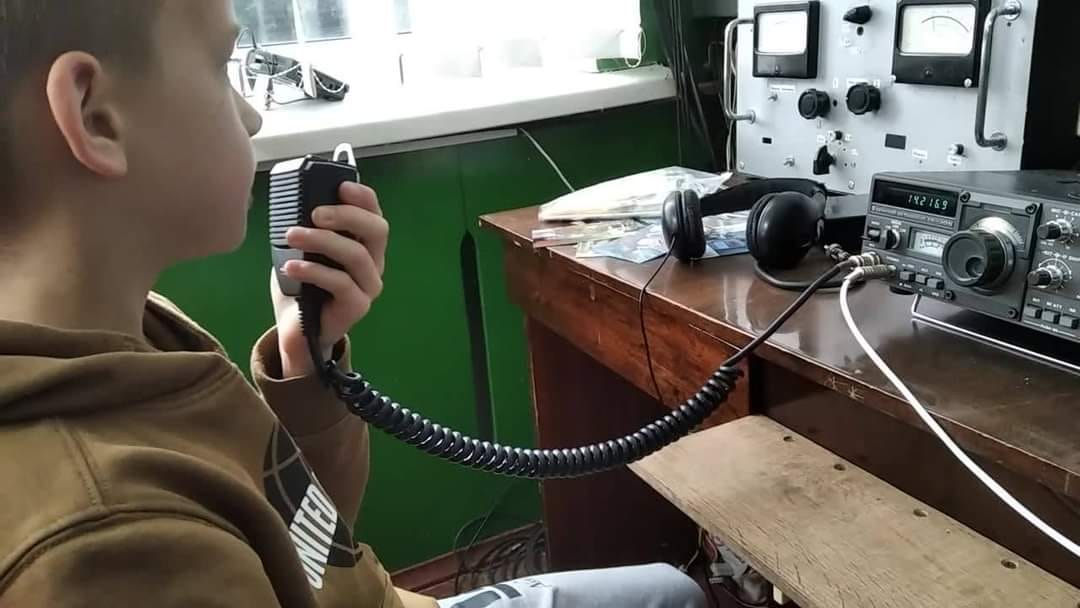 A SPECIAL MEMORY... Just came across this. You will love it and perhaps shed a few tears along the way. https://www.facebook.com/photo/?fbid=550805653716956&set=a.502961758501346 Be sure and read the many comments. An important part of this post. Click the left and right arrows for more photos. -- 73, and have a very special weekend with family and friends. Ed Engleman KG8CX http://yachthams.webstarts.com/index.html http://w8pif.webstarts.com/index.html http://www.qrz.com/db/k8kdz HOW CAN YOU HELP OUT WITH THE NEWSLETTER? If you have any interest in giving us a hand, please send an email to K2SHF. Send us links, articles, pictures, anything really. And if you have knowledge in a subject that you think our readers would find interesting, perhaps you could write some articles. "This is a team effort". |
| FACILITATORS Dick WB2JPQ Henry WB4IVB Emil WA2UPK Bob KB3SNM Tony W2KJV Kevin VE3BZ Paul W4END David KB4FXC Kevin KE7K Joe KO4FRR Mike K2CMT Michael K2SHF Keynon KB5GLC Dan KD2VNU Caleb KO4UYJ Scott W2BLT |
ECR ACCESS IRLP 9050 AllStar 27339, 45192, 45225 Echolink WB2JPQ-R(57780), WB2JPQ-L(375103) DMR Brandmeister 3129973 DMR TGIF 9050 System Fusion 44444, 92805 DStar XRF(XLX)256E, XLX 237 HamShack Hotline 94049 P25 31582, 9050 M17 M17-ECR Module A Hams Over IP 15001 NETS ECR Tech Net Tuesdays 8PM ET Morning Brew Mon-Fri 7AM ET ECR Pop-Up Net Happens at random times on random days 40m ECR Net Saturdays at ??? ET on 7245 KHz +- LSB |
WEBPAGE http://eastcoastreflector.com ZOOM ROOM Open 24/7. All are welcome! ID: 83929643320 Password: 193414 http://bit.ly/ecrdaily MERCH SHOP http://bit.ly/ecrshop TECH NET LOG http://bit.ly/ecrtechnet YOUTUBE CHANNEL http://bit.ly/ecrYouTube |